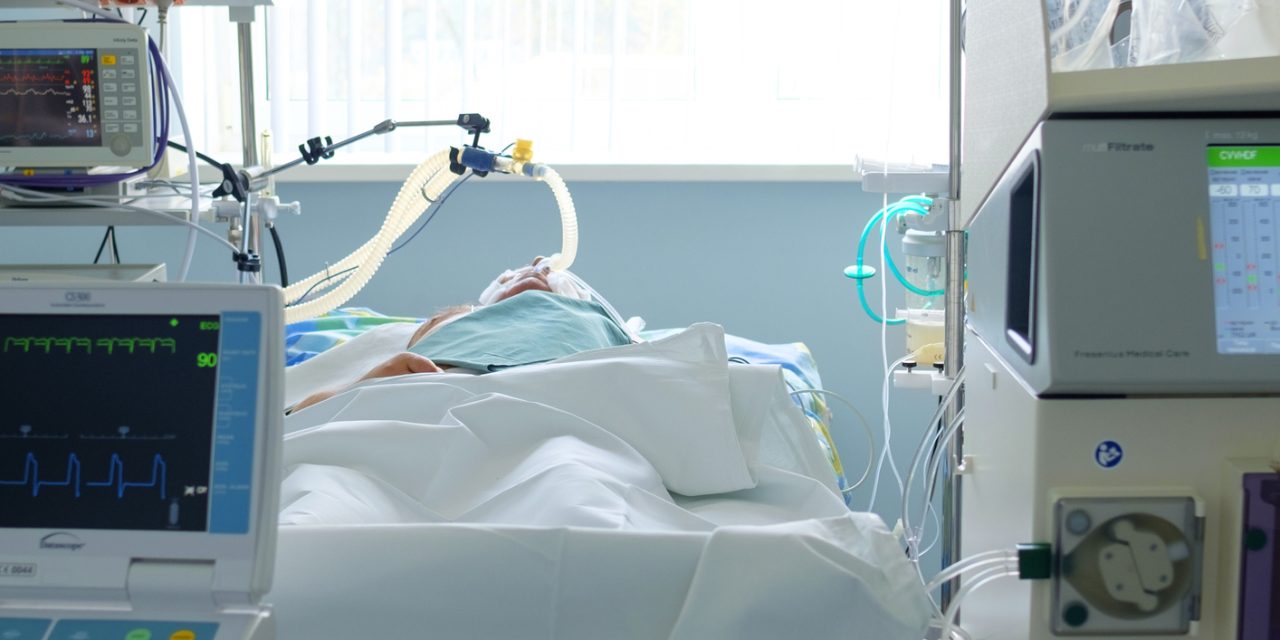Patients commonly experience lulls in their treatment during the course of their visits to the emergency department (ED). Following the triage of patients, they often wait to be brought back to a room. After initial assessments, they may also need to wait during the diagnostic testing and treatment phases. Wait times can also increase as physicians review patient information and make discharge or admission decisions. During these lulls, emergency physicians may be distracted by the urgent needs of other patients and delays can occur.
Expeditors: The Maître d’ of the ED
A smoother, more efficient operations model in the ED may help anticipate delays in care. For example, a maître d’ controls the flow of patrons in restaurants, ensuring that guests who arrive are seated quickly, their needs are met, and the table is turned over efficiently for the next customers. With this model in mind, we created a new position at Oregon Health & Science University (OHSU) called an “expeditor” who acted like a maître d’ at a restaurant. The expeditor’s primary responsibility was to ensure patient care moved forward. Other responsibilities included:
Communicating with and reassessing patients in the waiting room.
Rooming patients as directed by the charge nurse.
Assisting with ambulance arrivals.
Ensuring pain was controlled and providing analgesics as directed.
Placing IVs, drawing labs, and running point-of- care tests.
Assisting with the discharge processes (eg, removing IVs and helping patients get dressed).
Facilitating patient transport to inpatient units.
In the May 2011 Western Journal of Emergency Medicine, my colleagues and I had a study published in which we analyzed the effect of using an expeditor on key throughout metrics, including length of stay (LOS), elopements, and ambulance diversion. We found that use of an expeditor was associated with decreased LOS and ambulance diversion but not with patient elopements. Since a decrease in LOS was associated with the presence of the expeditor, it’s possible the expeditor’s role in decreasing LOS led to fewer periods of ambulance diversion. On the other hand, the expeditor had little impact on patients who remained in the waiting room. It remains to be seen if an expeditor can help decrease elopements and improve patient satisfaction.
Important Considerations in the Expeditor Role
It should be noted our expeditor role did not involve any additional personnel resources; instead, we expanded the role of existing ED paramedics. Prior to our study, paramedics at OHSU helped in the ED with basic medication administration and starting IV injections. Our paramedics were well suited for the expeditor role because their clinical training allowed them to assist with the initiation of care when needed. Our paramedics also enabled charge nurses to continue focusing on the overall flow of patients in the ED. For other EDs to adopt expeditors, additional financial resources may be required. However, these added expenses may be worthwhile because CMS is measuring LOS, elopements, and boarding hours to base future reimbursement rates.
More research is needed to better define and standardize the expeditor’s role to ensure they’re involved more in the care of ED patients in the waiting room. This may decrease elopement rates. The hope is that more EDs will adopt similar concepts, thinking outside the box to develop creative strategies and techniques to reduce barriers to patient throughput.



 Janine Anthes
Janine Anthes